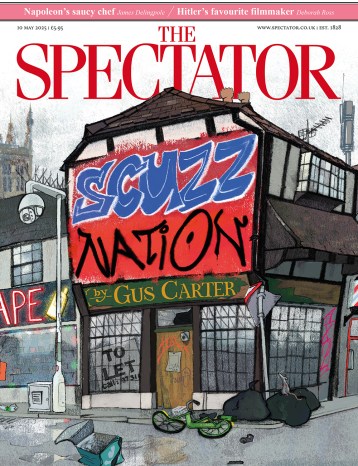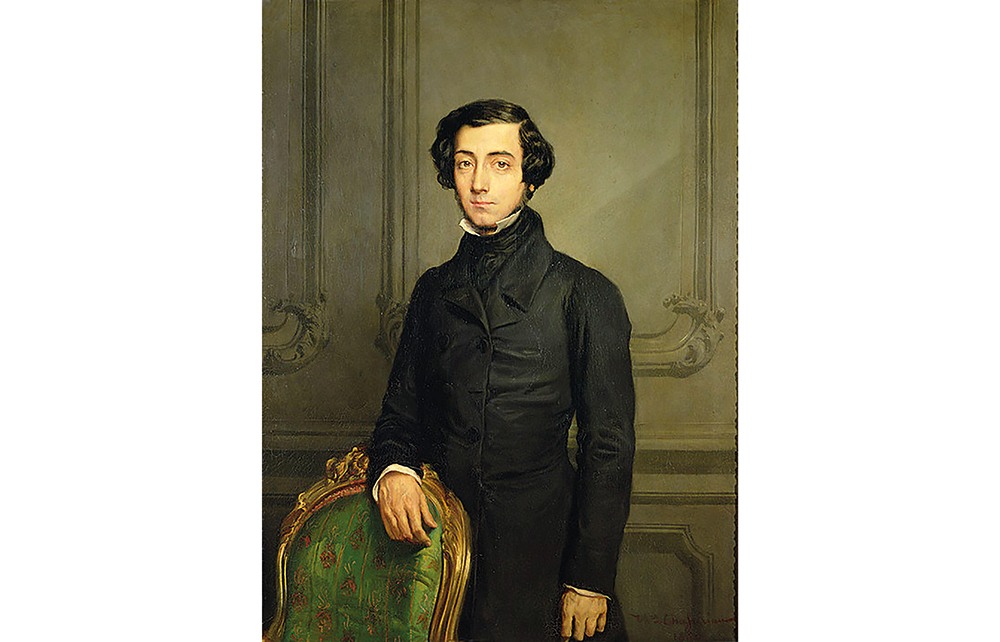Alexis de Tocqueville (1805-59) produced what his biographer Hugh Brogan called ‘the greatest book ever written on the United States’. Among the most remarkable things about this work – Brogan was referring to the first volume of Democracy in America, not the more abstract second volume – is that Tocqueville’s journey to the United States lasted just nine months, and was undertaken when he was in his mid-twenties, never to return.

Disagree with half of it, enjoy reading all of it
TRY A MONTH FREE
Our magazine articles are for subscribers only. Try a month of Britain’s best writing, absolutely free.
Already a subscriber? Log in







Comments
Join the debate, free for a month
Be part of the conversation with other Spectator readers by getting your first month free.
UNLOCK ACCESS Try a month freeAlready a subscriber? Log in